How to improve truck loading dock safety
September 9, 2023

The truck loading dock is a crucial area in any distribution or manufacturing facility, serving as the hub for loading and unloading goods from semi-trailers. However, this area also presents significant safety risks, making it one of the most hazardous zones in such facilities. Here are five major safety risks associated with truck loading docks and practical measures to mitigate them:
1. Vehicle Collisions
One of the most severe safety hazards at a truck loading dock is the potential for vehicle collisions. These incidents can involve trucks, forklifts, or other vehicles and may result in severe injuries or fatalities. To minimize the risk of collisions:
- Clearly mark vehicle lanes to guide traffic.
- Install appropriate signage to alert drivers and pedestrians.
- Provide thorough training for all employees operating vehicles in the area to ensure they understand safe operating procedures.
2. Slip and Fall Hazards
Slip and fall incidents are common around truck loading docks, especially in wet or slippery conditions. These accidents can result from water, oil spills, or debris on the dock surface. To reduce slip and fall risks:
- Use slip-resistant flooring materials where possible.
- Clearly mark any areas that are potentially slippery or hazardous.
3. Loading and Unloading Accidents
Accidents during the loading and unloading process can involve falling objects, workers being struck by moving equipment, or crushing injuries. To prevent these types of accidents:
- Ensure all employees are adequately trained in safe loading and unloading procedures.
- Implement safety protocols, such as using spotters or guides during critical operations.
4. Electrical Hazards
The use of power tools and equipment around loading docks introduces the risk of electrical hazards. These can lead to shocks, burns, or even fires if not properly managed. To safeguard against electrical hazards:
- Provide training on the safe use of electrical equipment and tools.
- Ensure all electrical devices are properly grounded and regularly inspected.
- Establish a protocol for reporting and addressing any electrical issues immediately.
5. Trailer Pull-Away Incidents
Trailer pull-away incidents occur when a truck driver prematurely disconnects a trailer from the dock while workers are still inside or around the trailer, posing a significant danger. To prevent these incidents:
- Establish clear communication protocols between drivers and dock workers.
- Train workers to recognize the warning signs of an imminent trailer pull away incident, and to take appropriate action to protect themselves.
Here are some more ways to improve safety at your truck loading dock:
- Automate Repetitive Tasks: Look into automation solutions like Slip Robotics' trailer unloading systems. These systems eliminate the need for workers to enter trailers altogether, significantly reducing the risk of injuries associated with climbing, lifting, and maneuvering within trailers.
- Ergonomic Practices: Train employees on proper lifting techniques and provide ergonomic equipment to reduce strain and fatigue. This can include using lifting straps, adjustable workstations, and anti-fatigue mats.
- Environmental Controls: Implement measures to control temperature and weather conditions within the loading dock area. Consider installing fans or heaters, and maintaining proper drainage to avoid water pooling.
- Dock Door Safety: Ensure proper maintenance of dock doors to prevent accidental closure on workers or equipment. Consider installing automatic door openers with safety sensors to prevent injuries.
- Fall Protection Systems: For situations where working at heights is unavoidable, consider installing guardrails or fall arrest systems along dock edges and around loading platforms.
- Personal Protective Equipment (PPE): Provide employees with the appropriate personal protective equipment (PPE) for their specific tasks. This may include hard hats, safety glasses, gloves, high-visibility vests, and steel-toed boots.
Here are some additional tips to consider:
- Invest in Dock Safety Equipment: Consider installing dock bumpers, wheel chocks, and trailer restraint systems to further prevent accidental movement of vehicles. Dock levelers with automatic safety features can also minimize the risk of falls.
- Enhance Visibility: Ensure proper lighting throughout the loading dock area, both indoors and outdoors. This will improve visibility during low-light conditions and help prevent accidents.
- Promote Safety Culture: Regularly conduct safety training sessions and encourage open communication regarding safety concerns. Empower employees to stop work if they observe unsafe practices.
By implementing these additional measures alongside the existing safety protocols, you can create an even safer working environment for everyone at your truck loading dock facility.
Prioritizing safety at your truck loading dock is not an option, it's a necessity. By implementing the preventative measures outlined above, from proper training and signage to cutting-edge automation solutions like Slip Robotics, you can create a safer working environment for your employees. Remember, a safe work environment not only protects your workers but also improves efficiency and overall productivity.
In conclusion, the truck loading dock is a pivotal area in any distribution or manufacturing facility, where numerous safety risks can arise. Ensuring the safety of this area requires a combination of proper employee training, regular equipment maintenance, and a comprehensive safety plan. By implementing these measures, we can create a secure working environment that protects all employees from potential hazards.
Slip Robotics offers an innovative trailer loading and unloading solution designed to significantly reduce the safety risks associated with truck loading docks. Our system minimizes the need for operators to enter trailers, decreases forklift traffic, and facilitates controlled material movement.
To learn more about how Slip Robotics can enhance safety and efficiency at your facility, contact us today.
.png)
.png)
.png)
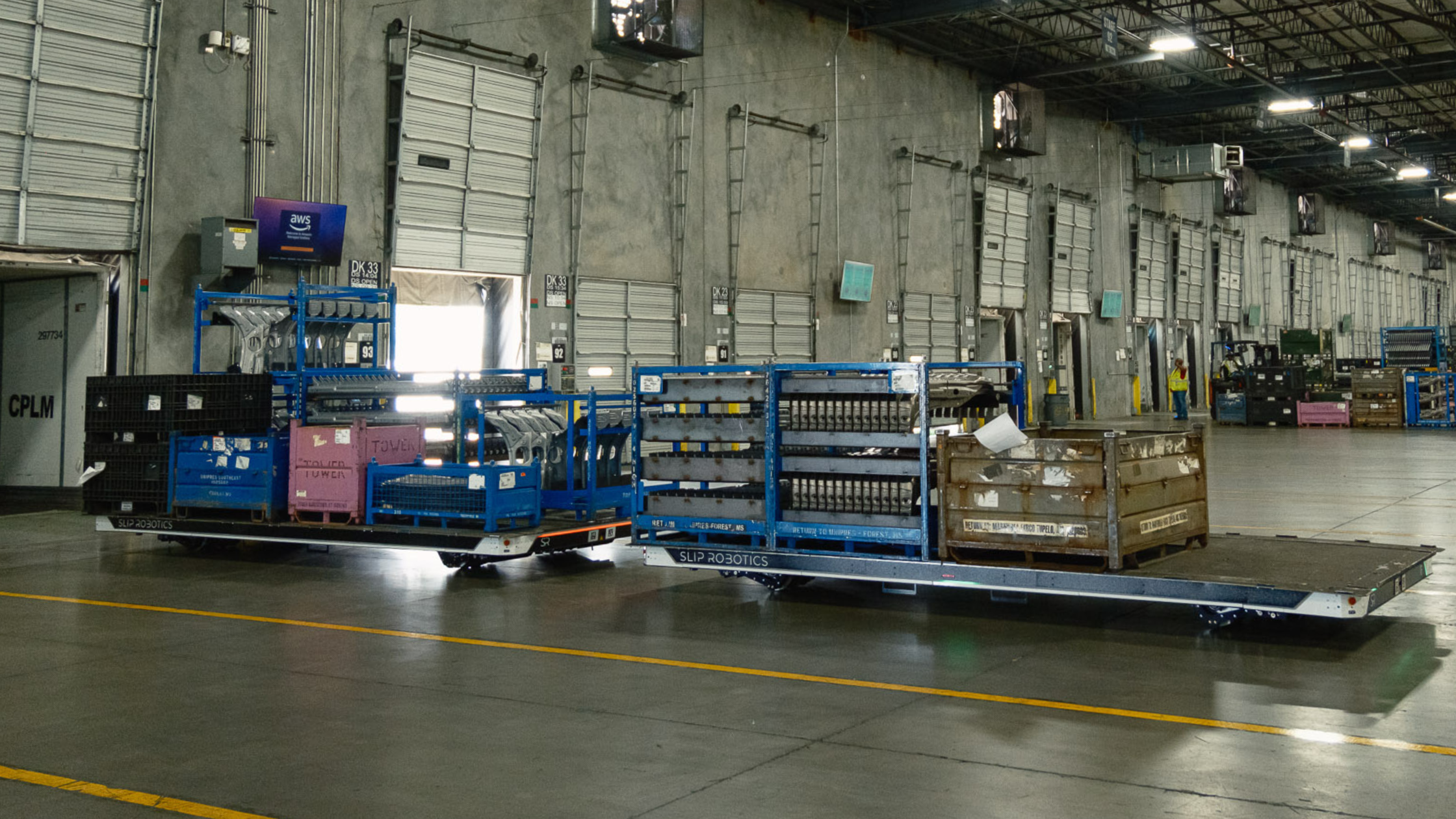
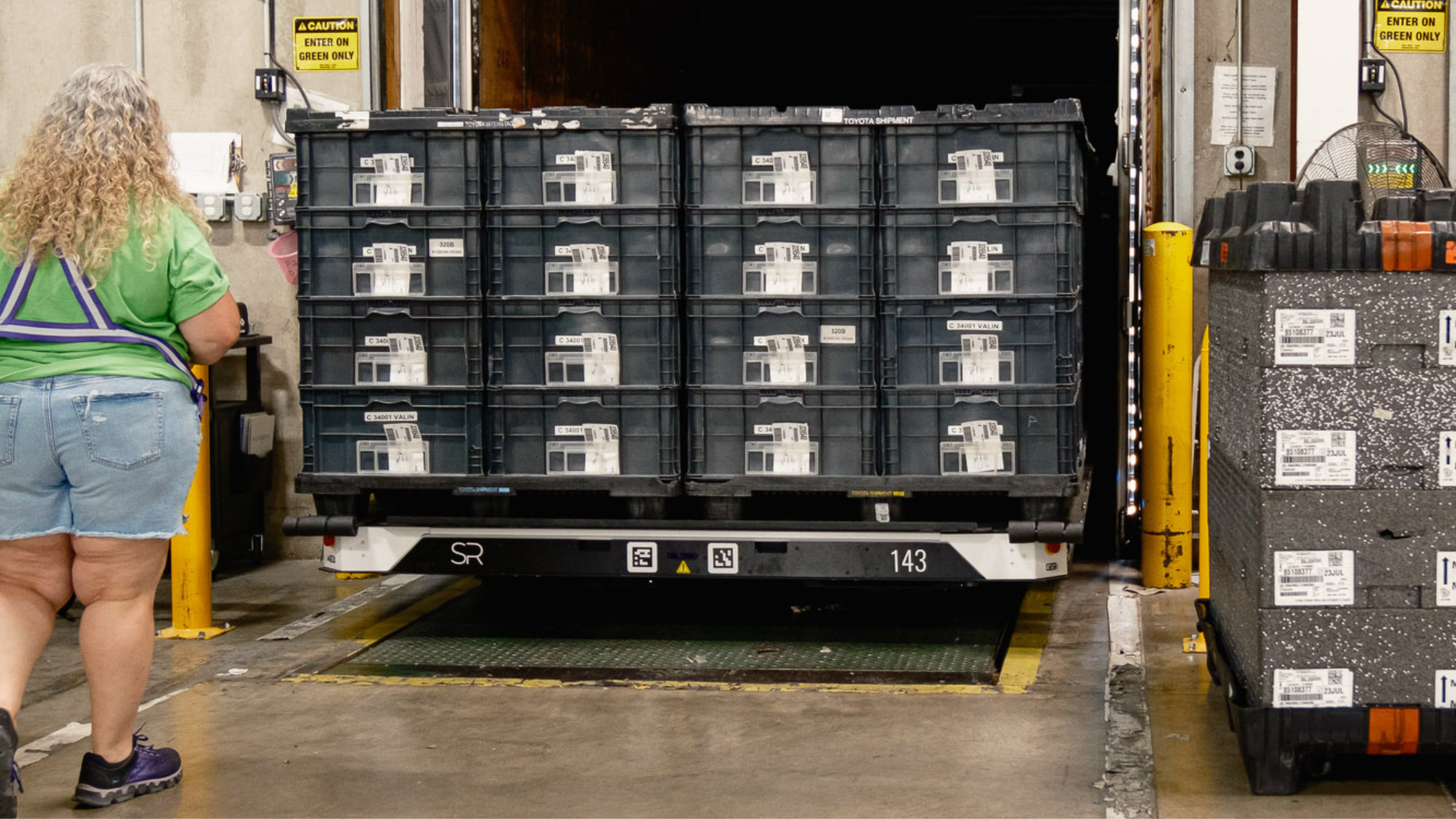
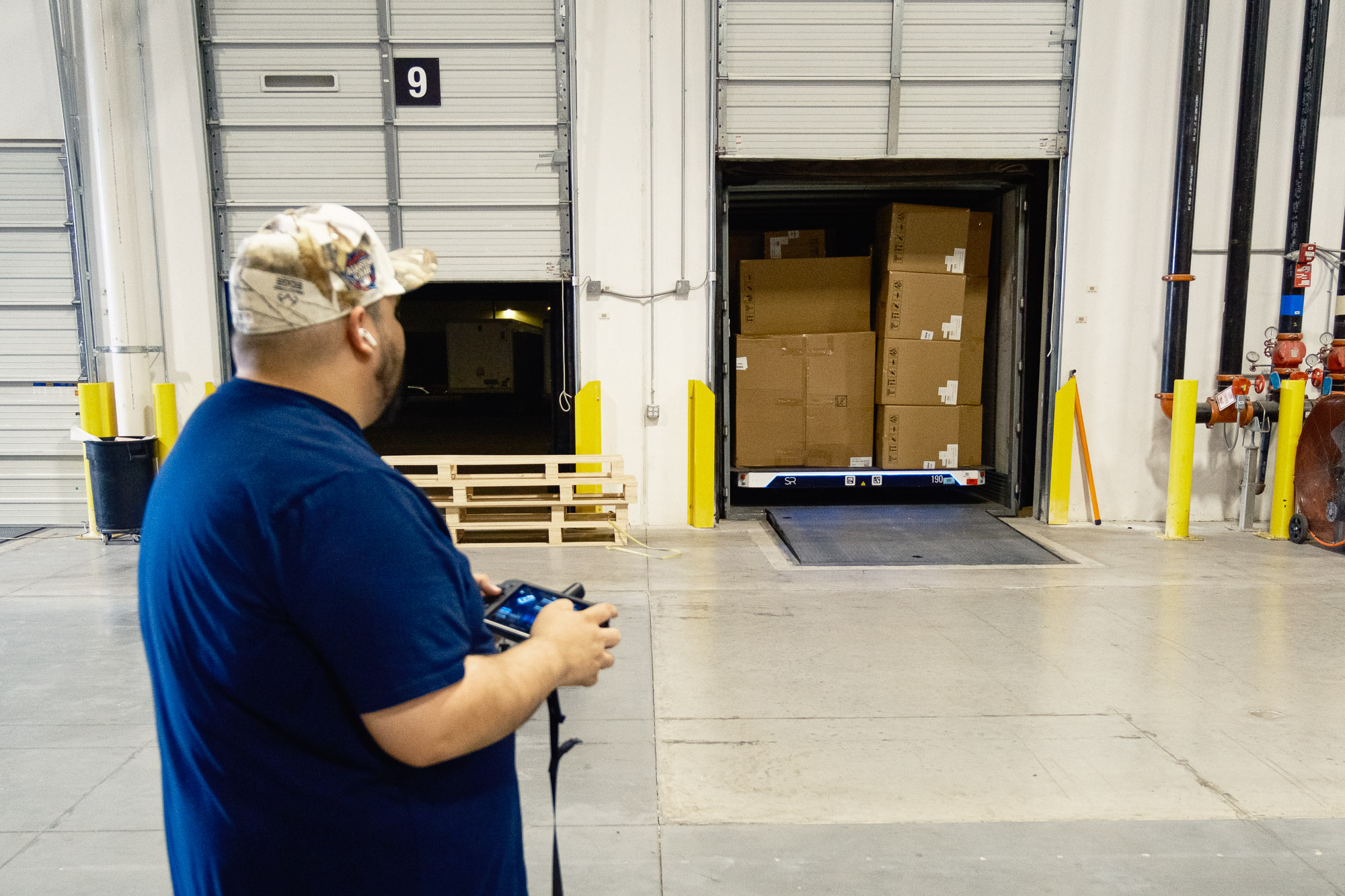





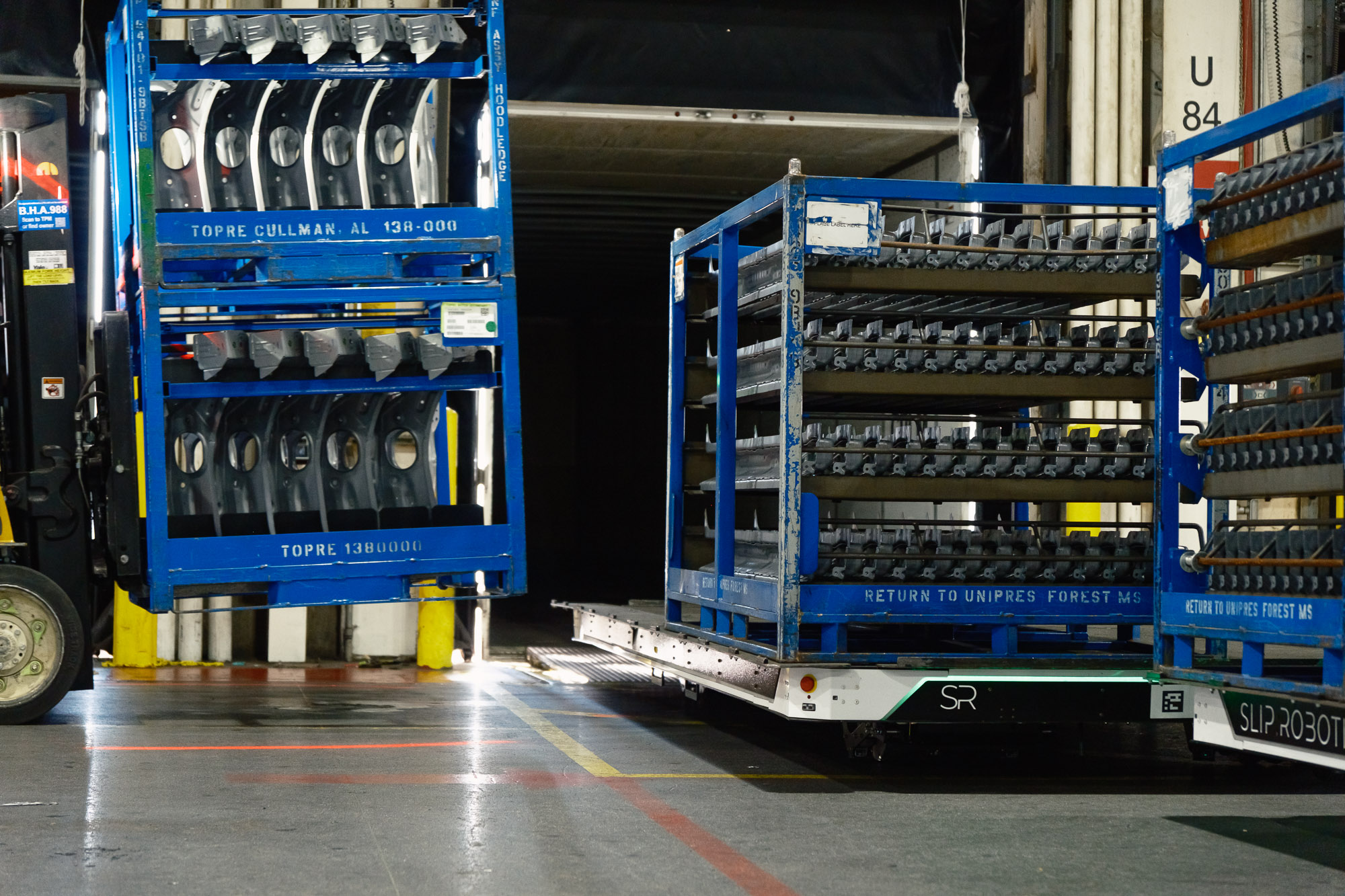








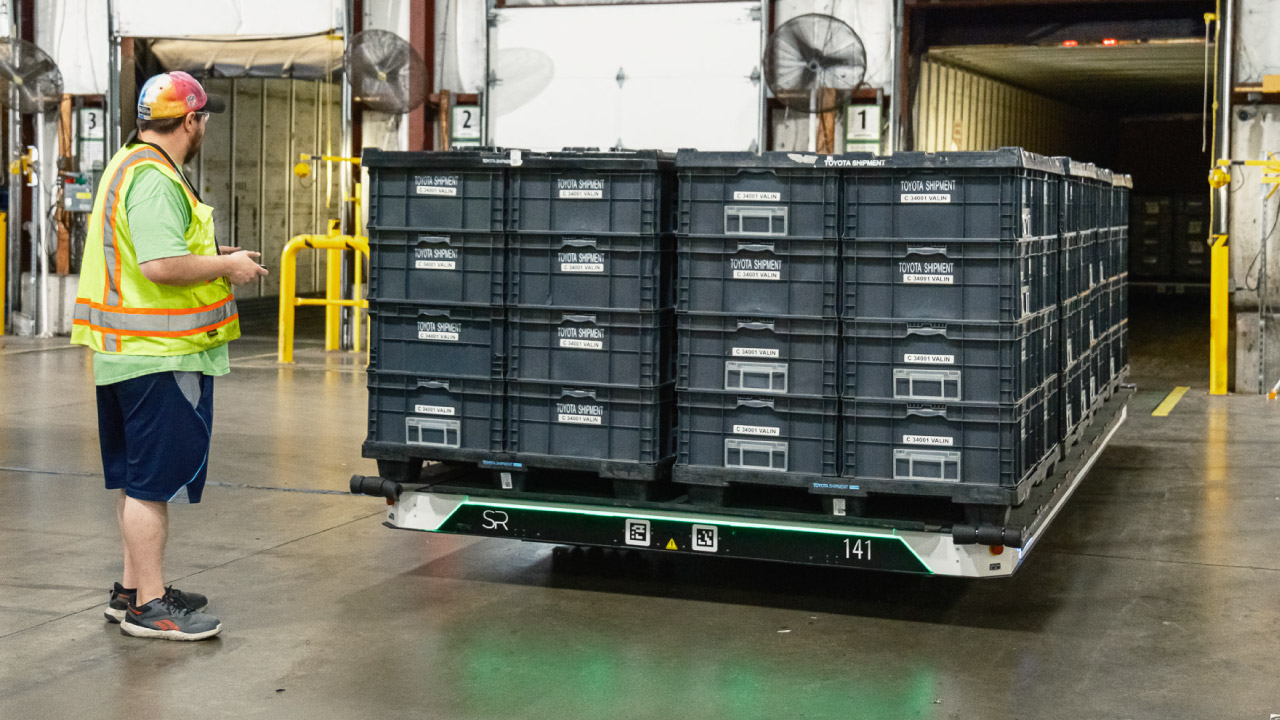




.jpg)
.jpg)



